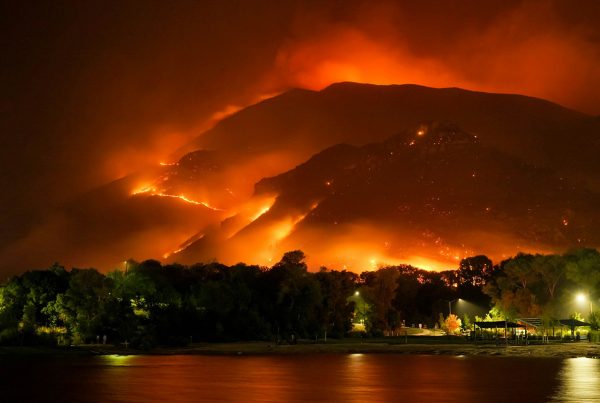You know climate change is no longer undeniable when the two biggest polluters of the world finally agree start getting serious about it.
Earlier this week the US and China issued a joint presidential statement regarding their action plan on climate change. It’s a reaffirmation of the historic Joint Announcement on Climate Change which they agreed on November of last year. Since then the two nations have been busy taking key steps in achieving their united goal.
This here is a very significant pledge for three important reasons.
For one, it will set the tempo for the upcoming UN Paris talks happening this November. For years, developing nations have been waiting on the two giant nations to make the big move, something that never happened in UN talks of years past. If any clear commitment was going to be made, it should naturally come from the very nations who contribute to climate change the most.
For another, this commitment is necessary to reach the world’s goal to limit temperature rises to 2°C. At the rate we’re currently going, that ideal is not very feasible. In its article about China’s ambitious plans to limit carbon emissions, Vox was kind enough to explain the math:
If you add up all the promises that countries have made on CO2 emissions so far, we’re likely to warm between 2.5°C and 3.8°C above pre-industrial levels by the end of the century. That assumes China’s emissions peak at around 14 gigatons per year by 2030, as well as Obama’s pledge to cut US emissions, as well as what Europe’s promising, and so forth…
… without all these pledges, we’d be on pace for between 2.9°C and 5.2°C of warming. So it’ll be a big deal for the US, EU, and China to meet their goals.
Lastly—and this is important—the joint pledge signals a tide of change, so to speak, because finally we have the US and China getting serious at a major issue they’ve been skirting around for decades. Gone is the selfish You first, then I’ll follow suit attitude. No longer is each country wary of making the first move. At long last, these two countries’ leaders are finally realizing what environmentalists have known all along: climate change is costly in every aspect possible. China’s severe pollution problem was a wakeup call, while the US had its bouts of drought and hurricanes to deal with.

U.S. President Barack Obama, left, and Chinese President Xi Jinping shake hands following the conclusion of their joint news conference at the Great Hall of the People in Beijing, Wednesday, Nov. 12, 2014. (AP Photo/Pablo Martinez Monsivais)
So, yes, reducing carbon emissions means certain slowdown of economy, but putting the economy on pause is a must for the planet to recover. China and the US may not be the best of friends, but at least they can see past their differences when it’s the planet’s survival that is at stake.
Action Plan on Reducing Carbon Emissions
China plans to cut down its carbon emissions through a cap-and-trade system beginning 2017. Back in 2011, the program was enforced to seven major cities such as Beijing and Shanghai.
Cap-and-trade, essentially, is a market-friendly approach to reducing carbon emissions. The “cap” part sets a specific limit for pollution emitted, which companies have to follow. Companies that are able to lower their emission earn extra carbon allowances, which they can sell to other companies who can’t comply with the cap. This buying and selling of carbon credits is the “trade” part. Even if companies exchange allowances with each other, the total number of allowances, as well as the cap, remain the same.
So now Chinese President Xi Jinping wants to take things further by making cap-and-trade nationwide. Wired notes that the program, market-friendly as it is, is far from perfect. Since renewable energy is still not at par with traditional coal power. Creating incentives for renewables has the tendency to financially burden government instead of encouraging coal-based companies to innovate, as was the case of the failed run of cap-and-trade in Europe.
To quote from Ted Nordhaus, chair of the environmental think tank Breakthrough Institute in Oakland, whom Wired interviewed for its article.
I think [cap-and-trade] creates a kind of fantastical view of how energy markets really function…. You have the idea that you are going to apply market-based principles to things that don’t function like markets, and a cap that functionally doesn’t cap anything.”
Ambitious as it may seem, China’s action plan is commendable.
Meanwhile, the US had already enacted the Clean Power Plan last August, which is meant to cut carbon emissions from the power sector to 32{e3829ec1db02d54faaf9fa2de0d48db26af01d7a7944a63c3b26976124791cab} below 2005 levels by 2030, with each state contributing their implementation plans. For those states that can’t submit their own implementation plan, the US will set carbon emission standards for their power plants in 2016. A world-class fuel efficiency standard will also be enacted for heavy-duty vehicles in 2016 and will be implemented in 2019. Finally, the US is creating 20 efficiency standards for appliances and equipment by the end of 2016.











